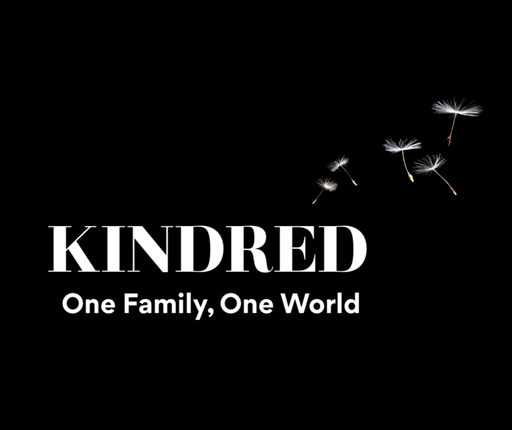
From WIkipedia
Cultural humility is the “ability to maintain an interpersonal stance that is other-oriented (or open to the other) in relation to aspects of cultural identity that are most important to the [person].[1]” Cultural humility is different from other culturally-based training ideals because it focuses on self-humility rather than achieving a state of knowledge or awareness. Cultural humility was formed in the physical healthcare field and adapted for therapists and social workers to increase the quality of their interactions with clients and community members.
This term has become increasingly important for normalizing breastfeeding in Western cultures, especially as health care providers seek to understand the differences between Cultural Competence and Cultural Humility:

Presentations on Cultural Humility as it relates to breastfeeding are:
California WIC Association Power Point Presentation
Cultural Humility and Affirming Breastfeeding, by Healthy Start
Cultural Humility from the American Psychological Association
With increasing racial and ethnic diversity in our nation, there is also a growing multiracial population (Jones & Bullock, 2012). Cultural diversity and the rising emphasis on evidence-based practice within the field of psychology have sparked dialogues regarding cultural competence among mental health professionals. Given the complexity of multiculturalism, it is beneficial to understand cultural competency as a process rather than an end product. From this perspective, competency involves more than gaining factual knowledge — it also includes our ongoing attitudes toward both our clients and ourselves.
Cultural humility is one construct for understanding and developing a process-oriented approach to competency. Hook, Davis, Owen, Worthington and Utsey (2013) conceptualize cultural humility as the “ability to maintain an interpersonal stance that is other-oriented (or open to the other) in relation to aspects of cultural identity that are most important to the [person]” (p. 2).
Three factors guide a sojourner toward cultural humility. The first aspect is a lifelong commitment to self-evaluation and self-critique (Tervalon & Murray-Garcia, 1998). Underlying this piece is the knowledge that we are never finished — we never arrive at a point where we are done learning. Therefore, we must be humble and flexible, bold enough to look at ourselves critically and desire to learn more. When we do not know something, are we able to say that we do not know? Willingness to act on the acknowledgement that we have not and will not arrive at a finish line is integral to this aspect of cultural humility as well. Understanding is only as powerful as the action that follows.
The second feature of cultural humility is a desire to fix power imbalances where none ought to exist (Tervalon & Murray-Garcia, 1998). Recognizing that each person brings something different to the proverbial table of life helps us see the value of each person. When practitioners interview clients, the client is the expert on his or her own life, symptoms and strengths. The practitioner holds a body of knowledge that the client does not; however, the client also has understanding outside the scope of the practitioner. Both people must collaborate and learn from each other for the best outcomes. One holds power in scientific knowledge, the other holds power in personal history and preferences.
Finally, cultural humility includes aspiring to develop partnerships with people and groups who advocate for others(Tervalon & Murray-Garcia, 1998). Though individuals can create positive change, communities and groups can also have a profound impact on systems. We cannot individually commit to self-evaluation and fixing power imbalances without advocating within the larger organizations in which we participate. Cultural humility, by definition, is larger than our individual selves — we must advocate for it systemically.
Multiracial and multiethnic individuals and families illustrate the cultural richness of our diverse nation. As therapists, we have a responsibility to recognize and value the diversity of our clients. We must enter our therapeutic relationships with cultural humility, acknowledging that we are always in the process of learning and growing.
« Back to Glossary Index



Comments are closed.